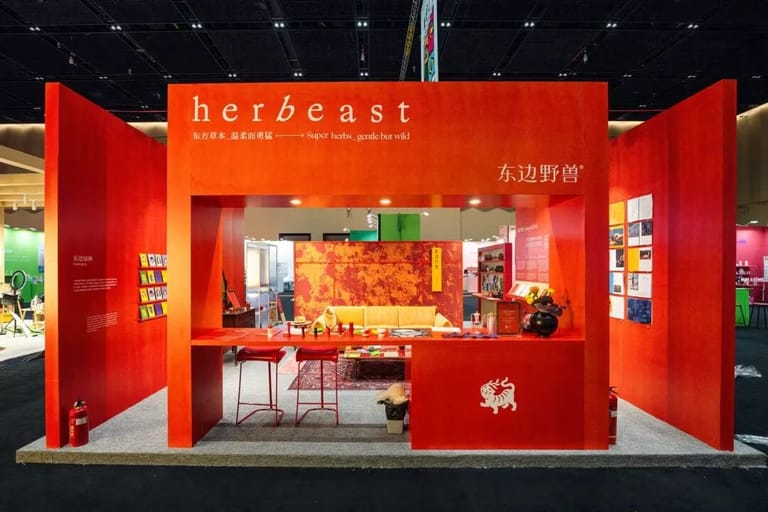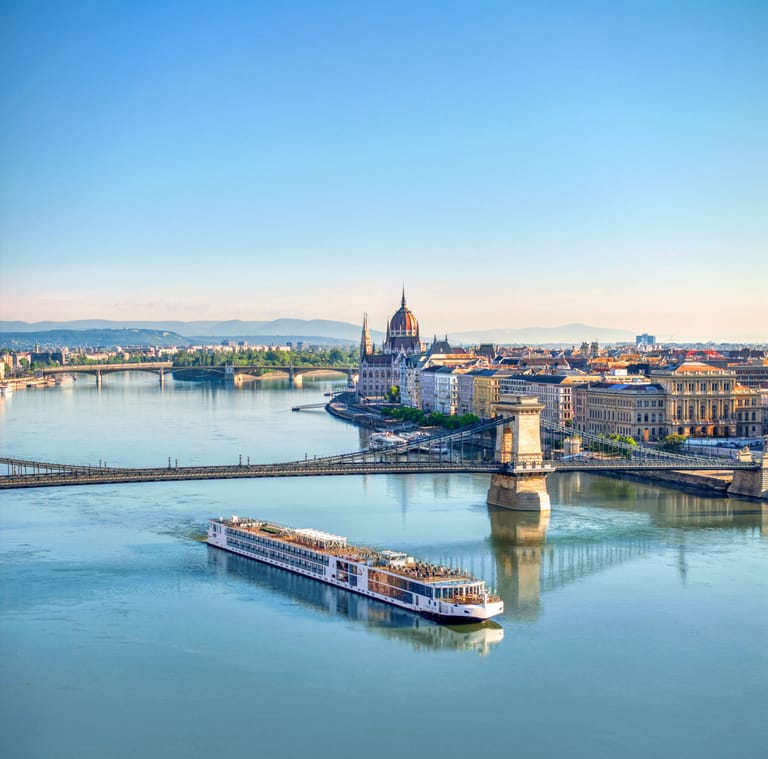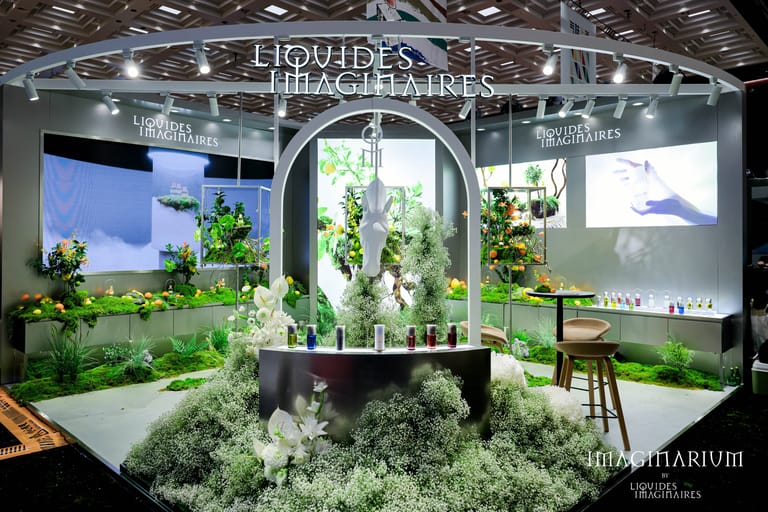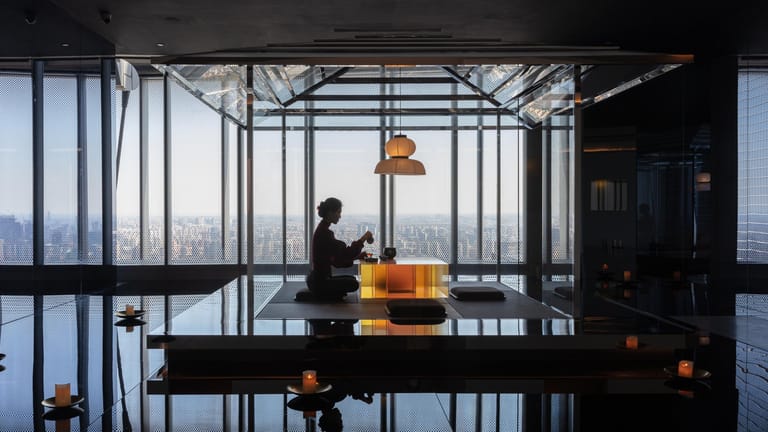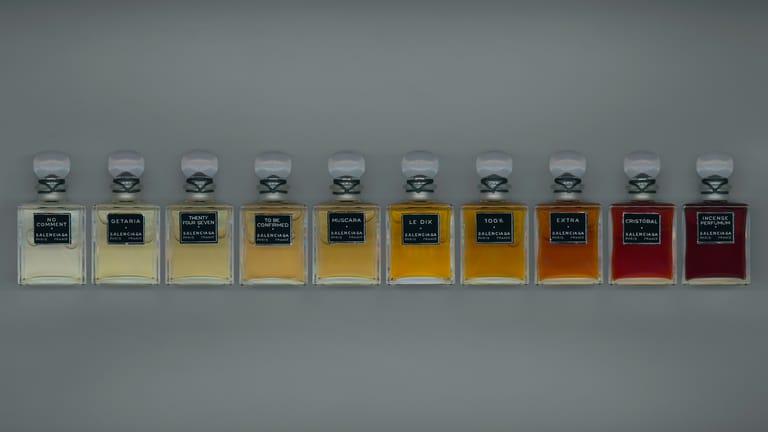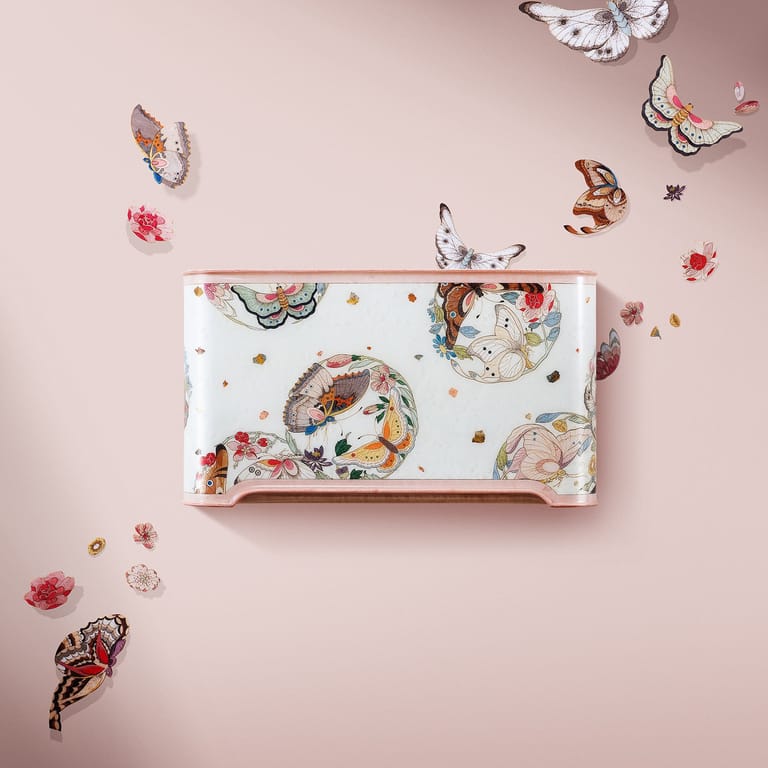Luxury Malls in China: 10 Properties as Experience-Driven Destinations
By
Wenzhuo Wu

Published on
April 29, 2025

Luxury malls in China have evolved beyond mere retail destinations into dynamic cultural and commercial ecosystems that constantly adapt to meet the expectations of a generation that demands experience, status, and story with every transaction.
From Beijing to Chengdu, the nation’s premier malls are reimagining engagement—curating not just high-end brand mixes but also immersive programming, spatial storytelling, and digitally integrated strategies that magnetize both consumers and tenants. In an era of global retail uncertainty, China’s top-tier shopping complexes are quietly inspiring change, turning engagement into infrastructure.
For brands aiming to succeed in this complex market, understanding how these spaces operate is no longer optional—it’s foundational. Below, we spotlight ten standout luxury malls and the developers behind them, each pushing the boundaries of what retail can be in China’s evolving landscape.
Luxury Malls in Beijing
Beijing SKP & SKP-S: Immersive Retail Theatre
Developer: Beijing Hualian Group

Widely recognized as the world’s highest-grossing department store, Beijing SKP anchors its success in curatorial precision. But SKP-S—a sci-fi-inspired, surrealist retail experiment—redefines the playbook. Merging fashion with installation art, this future-facing venue captures the attention of digitally native Gen Z shoppers and cutting-edge luxury brands. Limited-edition collaborations and spatial storytelling keep the environment in constant evolution, rewarding return visits and sustained attention.
Beijing China World Mall: CBD Prestige
Developer: China World Trade Center Co., Ltd.

Situated in the heart of Beijing’s Guomao district and a couple of kilometers from SKP, China World Mall is more than a luxury destination—it’s a strategic node for white-collar engagement. Since its reopening in 2000, it has remained a stalwart of the capital’s high-end retail scene. The mall draws elite consumers through targeted brand activations, business lifestyle programming, and top-tier hospitality while offering tenants a prestigious backdrop alongside global powerhouses like LVMH, Kering, and Richemont.
Luxury Malls in Shanghai
Shanghai Plaza 66: The Flagship Standard
Developer: Hang Lung Properties

Plaza 66 is synonymous with flagship ambition. Anchored by monumental stores from Louis Vuitton, Hermès, and Chanel, the mall offers tenants unparalleled spatial flexibility and design autonomy. Hang Lung amplifies this with concierge-level services, sophisticated CRM data-sharing, and exclusive loyalty activations tailored to Shanghai’s highest-spending clientele. A major expansion, launched in 2024, will result in a 13 percent addition in retail space by 2026.
Shanghai IFC: Seamless Vertical Integration
Developer: Sun Hung Kai Properties

The polished financial zone of Lujiazui, regarded as the urban face of Shanghai, was a natural choice for Sun Hung Kai Properties’ first mainland flagship. Since its 2010 debut, Shanghai IFC has been a magnet for luxury retail, merging office towers, luxury residences, and high-end retail under one roof. Executive foot traffic, skyline dining, and spa experiences elevate its cachet. However, the 2021 debut of Taikoo Li Qiantan—another luxury complex in the district of Pudong, where Lujiazui is situated—has begun to siphon off some of its offline traffic, ushering in a new phase of competition in Shanghai’s luxury core.
Luxury Malls Beyond Shanghai and Beijing
Nanjing Deji Plaza: Multi-Sensory Lifestyle Hub
Developer: Nanjing Deji Group
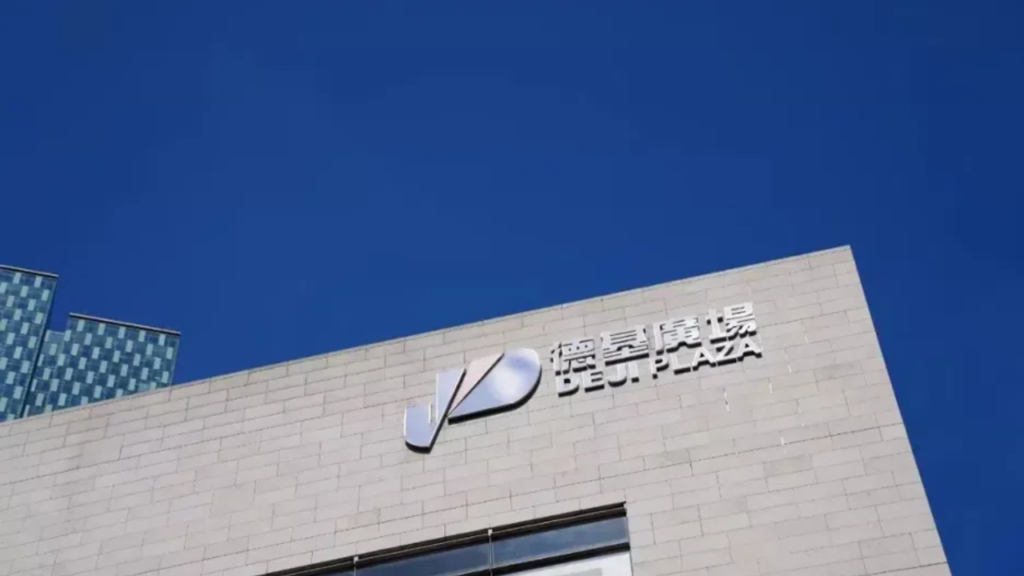
Directly linked to the world’s largest metro station by size, Deji Plaza enjoys a staggering 300,000 daily footfall. In 2024, it posted RMB 24.5 billion in sales—edging closer to Beijing SKP’s global record. This “mall-as-microcity” offers more than luxury shopping: It integrates art, fashion, sports, and dining, and even houses a museum— the Deji Art Museum. Its strategic pull across nearby Jiangsu and Anhui provinces ensures a vibrant blend of aspirational and affluent consumers.
Hangzhou MixC Mall: The New Leader in Retail
Developer: CR Land, Sun Hung Kai Properties

In 2024, Hangzhou MixC Mall generated approximately RMB 13 billion in sales, overtaking longtime leader Hangzhou Tower for the first time. This symbolic shift reflects deeper demographic trends: MixC’s younger consumer base contrasts with Hangzhou Tower’s older clientele. With the rise of Gen Z consumption and the city’s enduring urban transformation, MixC’s momentum has been supercharged. The mall introduced nearly 60 first-store openings in 2024 alone, including China’s first Oakley store and Aesop’s debut in Zhejiang—spanning luxury, beauty, fashion, and F&B.
Chengdu Taikoo Li: Open-Air Heritage Meets Urban Ease
Developer: Swire Properties
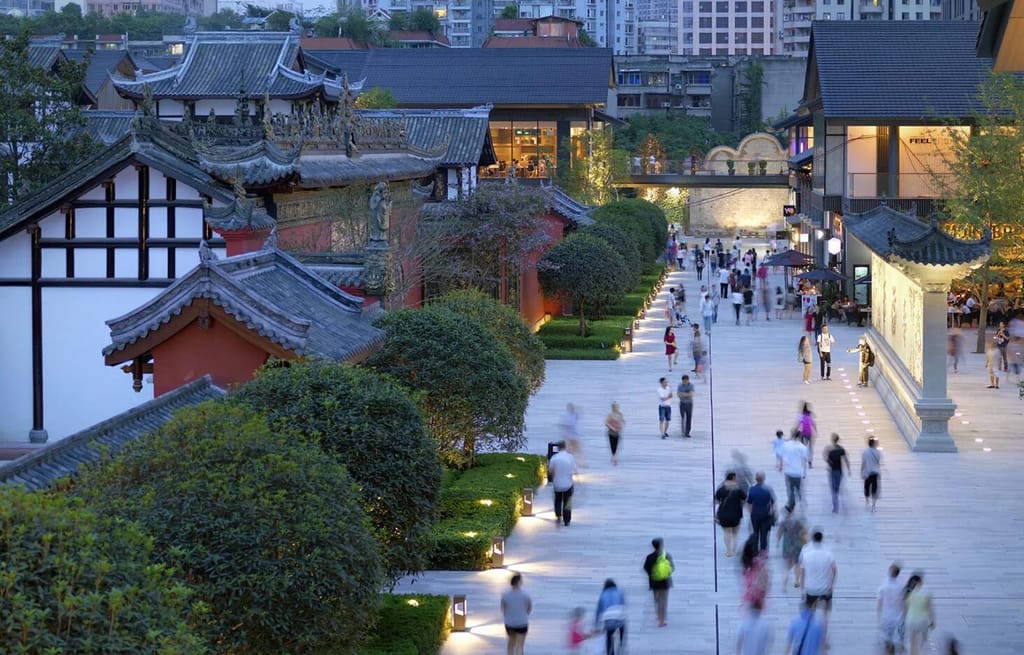
Chengdu Taikoo Li is a masterclass in contextual luxury. Its open-air courtyard layout, juxtaposed with the ancient Daci Temple, blends high fashion with traditional Sichuan architecture, delivering a rich sense of place. Loewe’s “Loewe Gaozhai” concept exemplifies this approach—preserving historical architecture while crafting immersive retail. From cultural festivals to pop-up cafés, the space maintains a pulse on contemporary urban culture while remaining rooted in local heritage.
Chengdu IFS: Sky-High Visibility and First-Store Magnetism
Developer: Wharf (Holdings)

Chengdu IFS is impossible to miss, with its iconic rooftop panda and 760,000 square meters of mixed-use commercial space. The complex draws major “first-in-China” and “first-in-the-Southwest” store launches, combining them with an expansive rooftop garden, luxury hotel, and public event plaza. Located near Taikoo Li, it thrives in a synergistic yet competitive dynamic that shapes Chengdu’s luxury ecosystem.
Shenzhen MixC: Digital-First Luxury Experience
Developer: CR Land
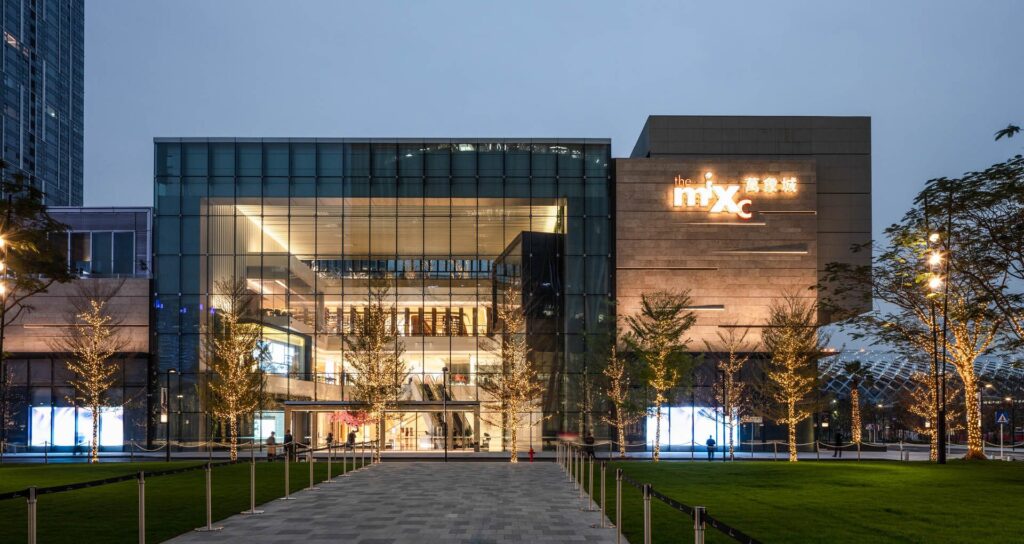
In tech-forward and glitzy Shenzhen, MixC stands out for integrating retail with eco-conscious design and digital sophistication. Fragmented open-air “boxes” infuse the space with greenery and light while minimizing heat gain, creating a sustainable microenvironment. The design supports domestic brand activations and pop-ups, attracting the city’s youthful, innovation-driven demographic. Tenants here are not just leasing space—they’re co-creating content and cultivating community.
Guangzhou Taikoo Hui: Integrated Luxury Ecosystem
Developer: Swire Properties

Taikoo Hui distills Swire’s urban know-how into a high-density luxury node. Pairing Mandarin Oriental hospitality with A-grade office space and a refined luxury retail mix, the mall extends its physical experience into the digital realm through its proprietary WeChat Mini Program. This online boutique enables browsing and direct-to-doorstep ordering of seasonal and limited-edition items. A true multi-touchpoint experience, Taikoo Hui anchors Swire’s vision for a modern luxury lifestyle destination in South China.



